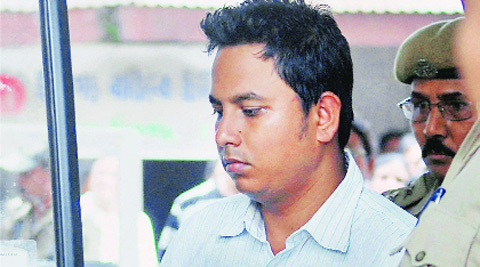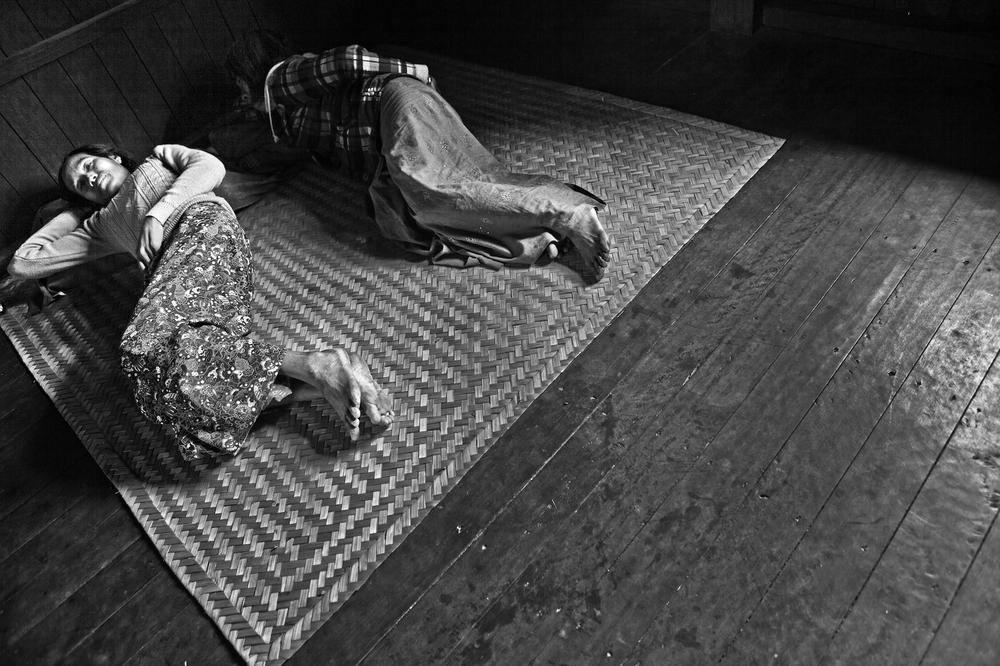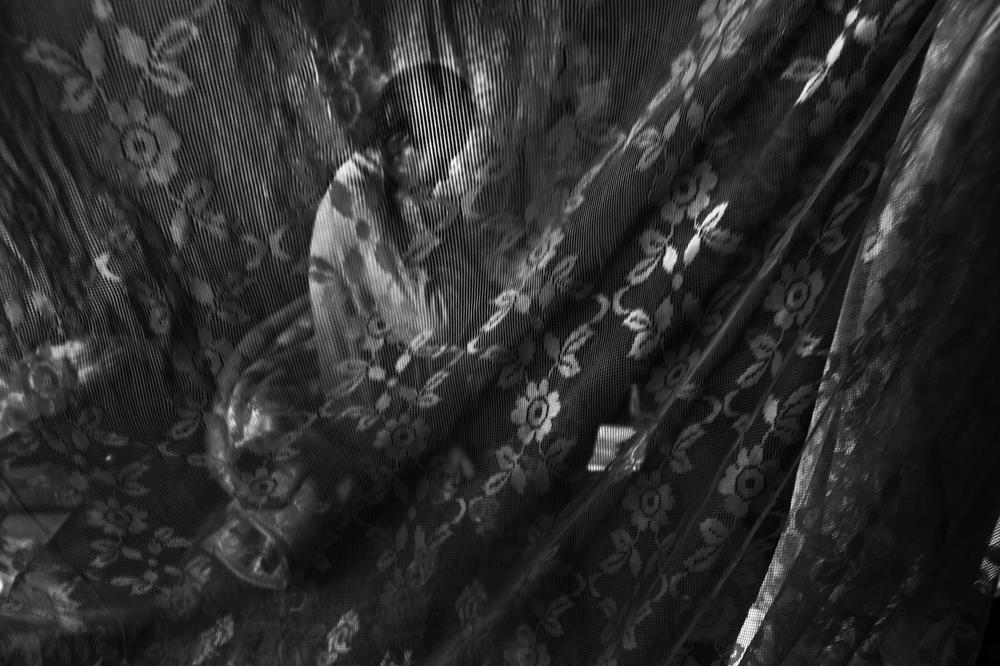By Samudra Gupta Kashyap

Dipmoni Saikia has been sent to police custody for 7 days. ( source: PTI )
“We have arrested Saikia on the basis of confessional statements made by Kiro Mech, the ward boy who was arrested within a few hours of the incident on Friday. We have booked him under Sections 302, 34 and 120(B) of the IPC, after which the CJM’s court sent him to seven days’ police custody,” Dibrugarh SP Rana Bhuyan told The Indian Express over the phone. The motive behind the crime, however, was yet to be ascertained, he said.
According to Bhuyan, Mech claimed that Saikia had also sexually abused the victim. “She tried to resist and in the process scratched the ward boy’s face and bit his thumb,” he said. “Saikia, however, has claimed he is innocent and is being framed,” he said.
Mech, a temporary ward boy, reportedly told the police that Saikia had assured him about a month back that he would get a permanent job if he helped him in “some work”. “When Mech asked him what work he would have to do, Saikia said he would tell him when the time came,” said Bhuyan.
On April 24, Saikia reportedly asked Mech to help him kill the victim. Both Saikia and the victim were on night shift every Thursday. “On May 8, Saikia did not turn up for night shift. Mech said Saikia had already instructed him to ensure that the night duty nurse left early. Accordingly, Mech convinced the night duty nurse to leave soon after 5 am on May 9.
Saikia then arrived, and the duo strangulated the victim while she was sleeping in the duty room,” said Bhuyan, quoting from the ward boy’s confessional statement to the police.
“A patient’s attendant reportedly heard some shouts coming from the duty room, but she found the door locked from inside. The duo first strangulated the victim on the bed and then pulled her down to the floor, where Saikia reportedly stamped on her chest. The two then lifted her and placed her on the bed, after Saikia used a stethoscope to check that she had died. The ward boy said he then used a knife to slit her throat. Going by Mech’s statement, everything was over within a few minutes,” said the SP.
The post-mortem report is yet to be submitted.
The victim was set to marry another final-year student of the same medical college on July 9, said Bhuyan.

Dipmoni Saikia has been sent to police custody for 7 days. ( source: PTI )
Summary
According to Dibrugarh SP Rana Bhuyan, ward boy claimed that Saikia had also sexually abused the victim.
Guwahati, May 15 : Five days after a first-year post-graduate student of the Assam
Medical College in Dibrugarh was found murdered in the duty room of the
gynaecology department, the police on Wednesday arrested Dipmoni Saikia,
a final-year PG student, for allegedly killing her with the help of a
ward boy.“We have arrested Saikia on the basis of confessional statements made by Kiro Mech, the ward boy who was arrested within a few hours of the incident on Friday. We have booked him under Sections 302, 34 and 120(B) of the IPC, after which the CJM’s court sent him to seven days’ police custody,” Dibrugarh SP Rana Bhuyan told The Indian Express over the phone. The motive behind the crime, however, was yet to be ascertained, he said.
According to Bhuyan, Mech claimed that Saikia had also sexually abused the victim. “She tried to resist and in the process scratched the ward boy’s face and bit his thumb,” he said. “Saikia, however, has claimed he is innocent and is being framed,” he said.
Mech, a temporary ward boy, reportedly told the police that Saikia had assured him about a month back that he would get a permanent job if he helped him in “some work”. “When Mech asked him what work he would have to do, Saikia said he would tell him when the time came,” said Bhuyan.
On April 24, Saikia reportedly asked Mech to help him kill the victim. Both Saikia and the victim were on night shift every Thursday. “On May 8, Saikia did not turn up for night shift. Mech said Saikia had already instructed him to ensure that the night duty nurse left early. Accordingly, Mech convinced the night duty nurse to leave soon after 5 am on May 9.
Saikia then arrived, and the duo strangulated the victim while she was sleeping in the duty room,” said Bhuyan, quoting from the ward boy’s confessional statement to the police.
“A patient’s attendant reportedly heard some shouts coming from the duty room, but she found the door locked from inside. The duo first strangulated the victim on the bed and then pulled her down to the floor, where Saikia reportedly stamped on her chest. The two then lifted her and placed her on the bed, after Saikia used a stethoscope to check that she had died. The ward boy said he then used a knife to slit her throat. Going by Mech’s statement, everything was over within a few minutes,” said the SP.
The post-mortem report is yet to be submitted.
The victim was set to marry another final-year student of the same medical college on July 9, said Bhuyan.





























